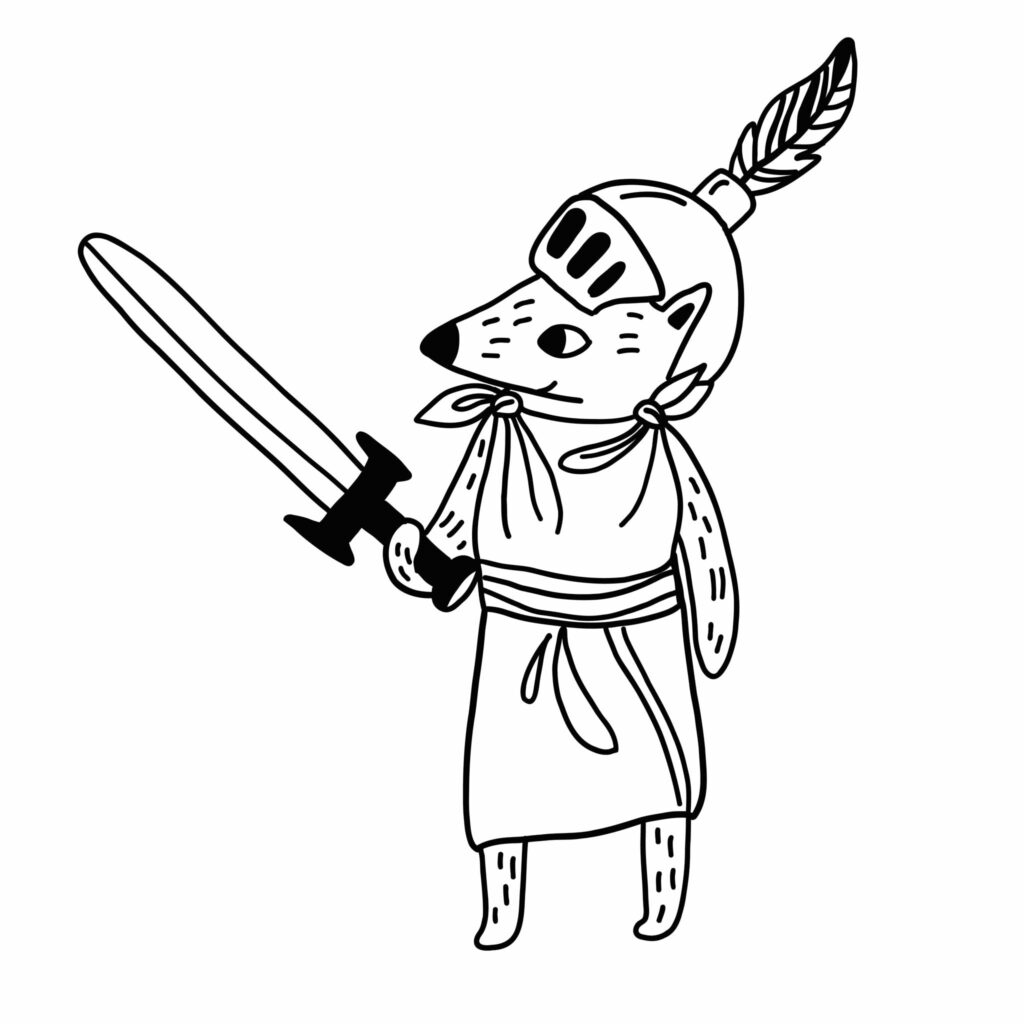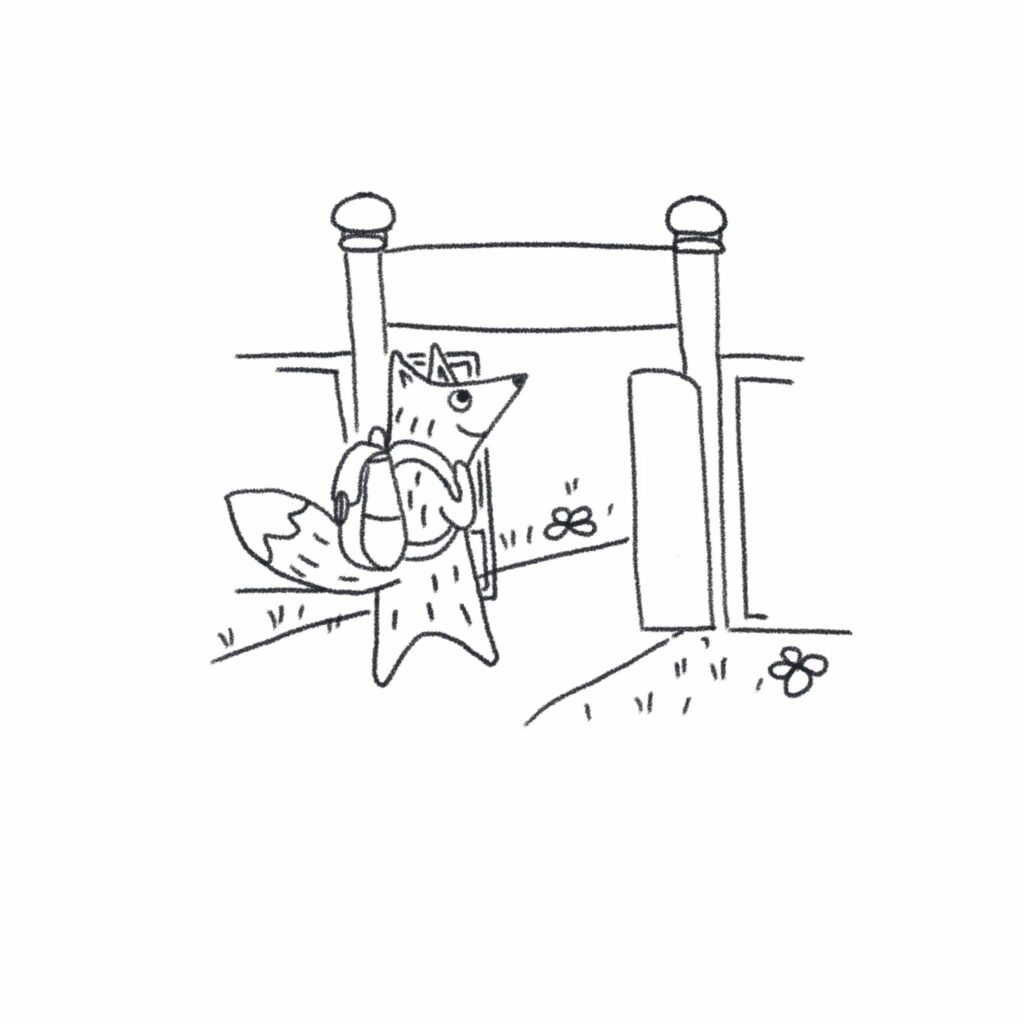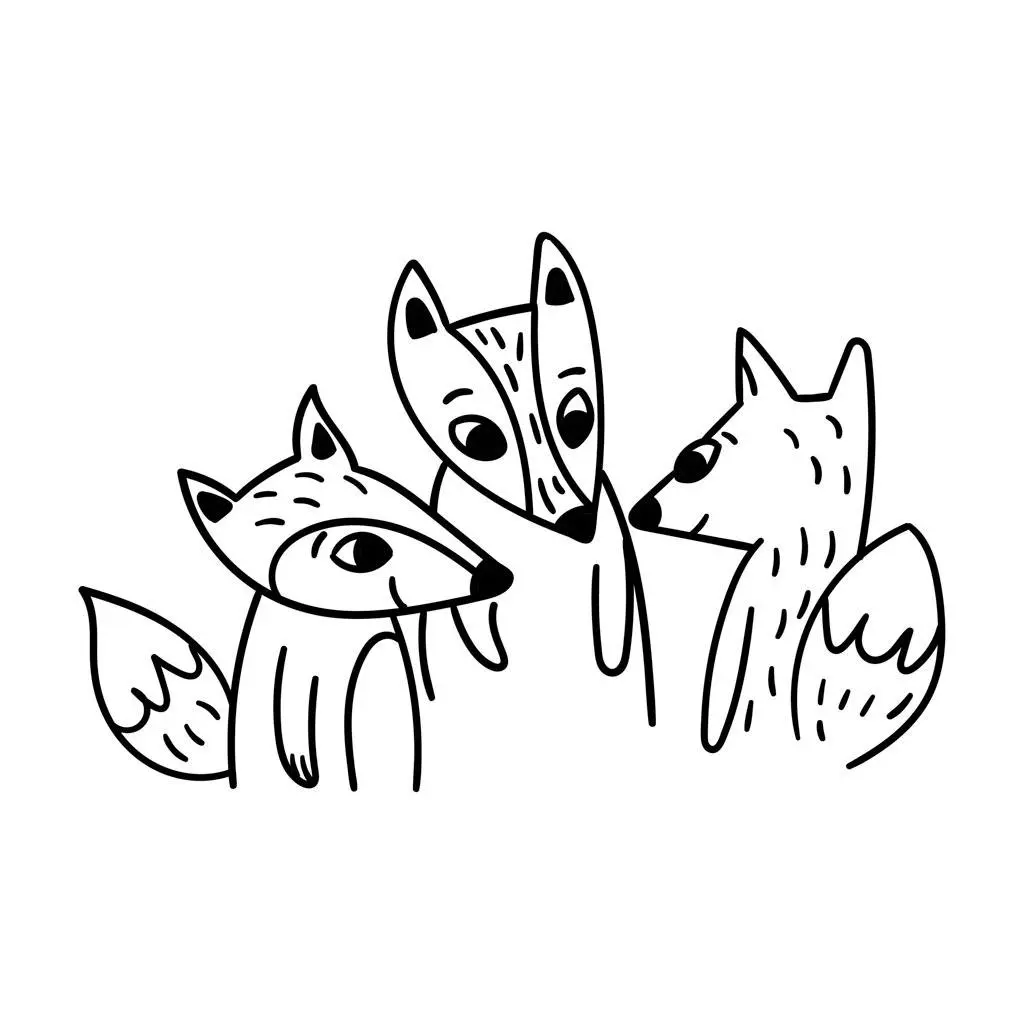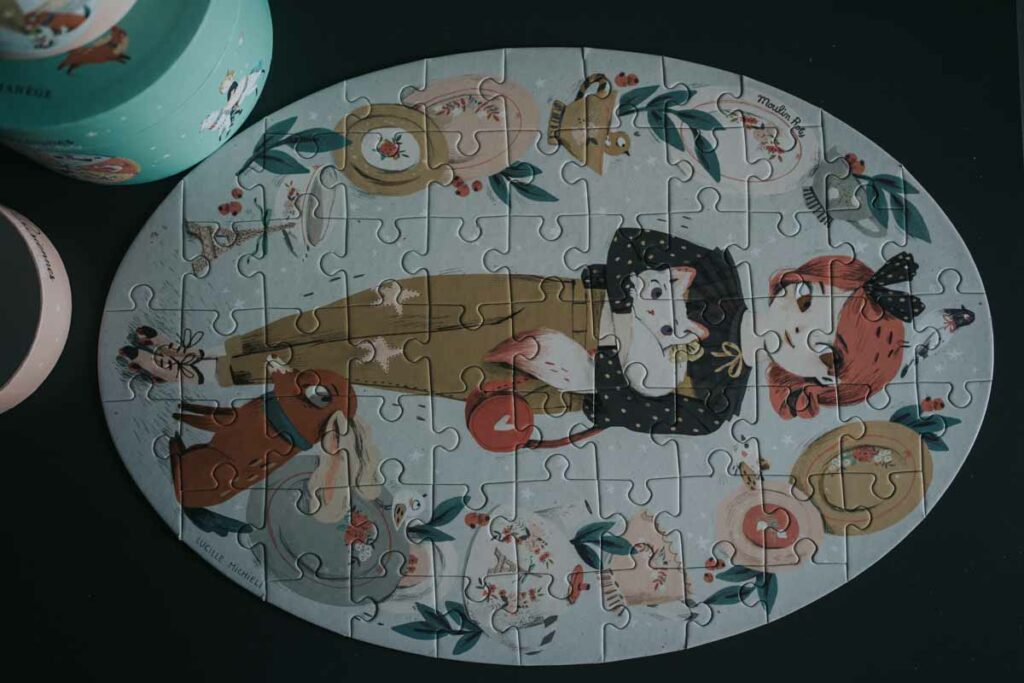Does your child enjoy making up stories? Does she pretend to be you, using toys and other props to imitate adults? This is dramatic play, one of the four types of play. You can read about the others here:
- Functional play
- Constructive play
- Games with rules
- Dramatic play and sociodramatic play
What is dramatic play?
Children imitate what they see. They watch you washing the dishes then pretend to do it themselves. They notice you working at the computer and as soon as you have finished they are at the desk, bashing away at the keys.
Imitation is a powerful force. It’s not just about learning. It’s how we transmit culture. We even imitate things that don’t work because it’s so important for us to do what others are doing. N.B. I’ll write about this soon but in the meantime Google ‘over-imitation’ to read some fascinating studies.
Dramatic play is how children imitate the world around them and they do it in two ways: representation and role play.
Through representation, children pretend that one object stands in for another. Toddlers might need an exact replica but by the time they reach preschool they are happy to use something more abstract or even dispense with the object altogether.
And through role play, children pretend that they are someone else. A toddler will imagine that they are someone familiar like a parent or neighbour; a preschooler can be something more abstract like a superhero or princess.
Dramatic play brings all this together, and you can see it at its best in the home corner.
Why is it important?
Dramatic play helps children understand the world and their place in it. It can be solitary – and usually is with younger children – but its true value manifests when enjoyed with others.
This is called sociodramatic play and is considered the highest form of play.
“You’re the daddy and you’re fixing the fence in the garden. I’m the mummy and I use the tools. Harry is the helper. [Offering a pencil] Here’s your drill, Daddy. You have to twist it to make a hole. Harry, you can’t touch that. Tools are dangerous for toddlers’.
Can you see how all the elements of the other forms of play are present: functional, constructive and games with rules? Sociodramatic play is the glue that combines them.
N.B. If you have the time, take a look at this post on social play. It shows another way to categorise play and you’ll notice that the higher forms map nicely onto sociodramatic play.
How can I encourage dramatic play?
Having new experiences is a guaranteed way to stimulate dramatic play. Your child will want to come home and imitate what they have just seen. It’s their way of making sense of the experience (and perhaps remedying any unhappy moments, for example a dropped ice cream).
But it’s not necessary to plan expensive days out. Many everyday experiences are extremely memorable. Baking a cake, being allowed to use the vacuum cleaner for the first time, helping to wash the car. All these things provide fertile ground for dramatic play.
Make sure you have lots of props available if you child is very young. Preschoolers, however, need very little. Their imaginations are enough.




